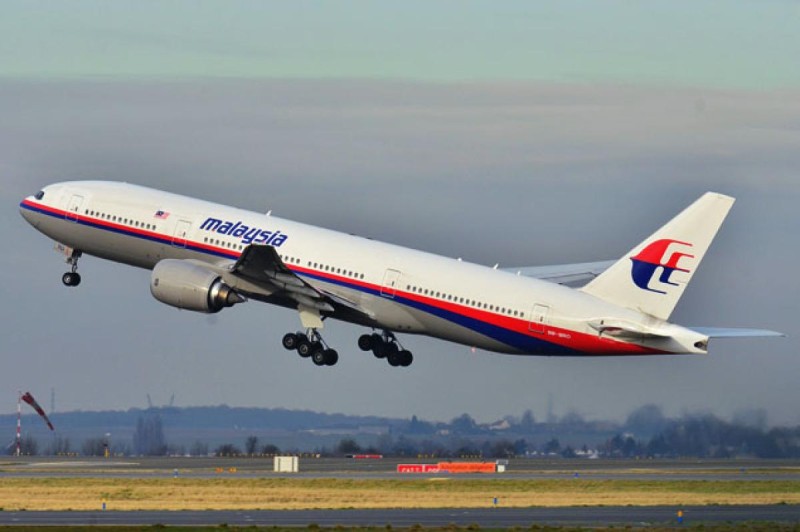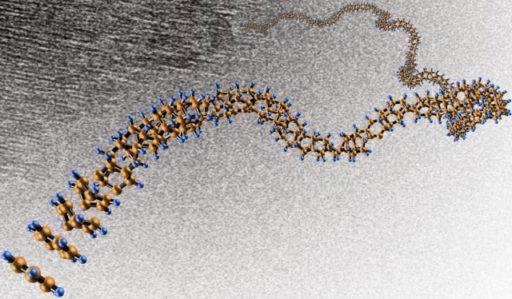After a lot of speculation, the final destination of the tragic Malaysia Airlines flight MH370 has been determined by a satellite. The path of the airliner was ultimately determined by using a model based on Doppler effect.
MH370 is one of the most tragic, as well as astonishing, incidents of recent aviation history. Never before has an airliner this huge gone missing for so long, leaving all authorities clueless. Until the finding, many had hoped that the unfortunate airliner may have landed on dry land somewhere and that some or all passengers aboard may be alive yet.
But the results from an Inmarsat satellite have conclusively shown that the flight sank into the ocean. The satellite which was able to affirm the final fate of the airliner is Inmarsat-3 F1. It was launched back in 1996 and is not exactly equipped with a positioning system.
However, the flight relayed some final pings and these pings were picked up by the satellite. Using these pings and utilizing a scientific model based on Doppler effect, engineers at Inmarsat were able to determine the trajectory of the flight. The position at which the flight sent the pings, there were only two possibilities.
The flight could have headed north and landed on dry land. The other possibility was that it went straight into the ocean. The latter possibility has now turned out to be true, with scientists providing a rough estimate of the Southern Indian Ocean where the flight probably remains at the bottom of the water. Since Inmarsat is not exactly the kind of satellite used for exact positioning, there is an error margin of plus or minus 100 miles in the estimates of the final position of the plane.
Courtesy: Arstechnica
[ttjad keyword=”kindle”]




